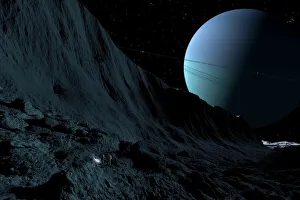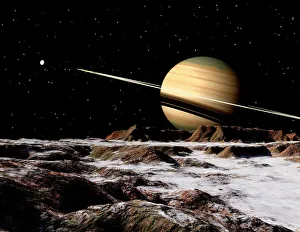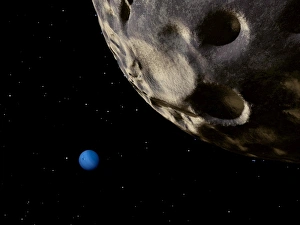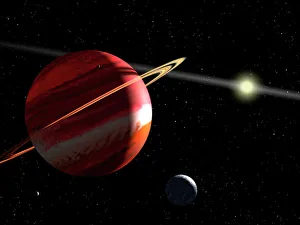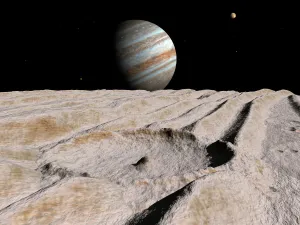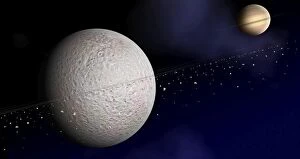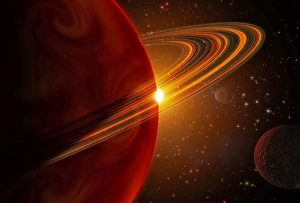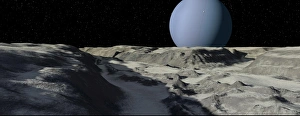Natural Satellites Collection
"Exploring the Mysteries of Natural Satellites: From Scars on Uranus' Moon to Glowing Full Moons" A gigantic scarp on the surface of Uranus' moon
All Professionally Made to Order for Quick Shipping
"Exploring the Mysteries of Natural Satellites: From Scars on Uranus' Moon to Glowing Full Moons" A gigantic scarp on the surface of Uranus' moon, Miranda - a testament to celestial forces shaping our natural satellites. The enchanting sight of a harvest moon reflected in calm waters, captivating observers with its serene beauty. Saturn seen from the surface of its moon, Rhea - a breathtaking view that reminds us of the vastness and wonders beyond our own planet. Neptune seen from its tiny, distant moon, Nereid - an awe-inspiring perspective that highlights the grandeur and remoteness of our solar system's outer reaches. Witnessing a Jupiter-mass planet orbiting Epsilon Eridani, reminding us that natural satellites exist not only within our own solar system but also beyond it. Ice spires on Jupiter's large moon, Callisto - icy formations reaching towards the heavens, showcasing nature's artistic prowess even in space. An artist's concept depicting an impact crater on Jupiter's moon Ganymede with Jupiter looming overhead – a reminder of cosmic collisions shaping celestial bodies throughout time. Glimpsing at the last quarter waning moon – a phase where shadows dance upon its surface as it prepares for renewal once again. A full moon glowing against a black sky illuminates Ontario, Canada – offering solace and wonder under its radiant light. Half-moon illuminated amidst darkness; like yin and yang suspended in space—a delicate balance between light and shadow captured above us all. Phobos orbits so close to Mars that the planet would fill this little moons sky—an extraordinary closeness between two neighboring celestial bodies.

